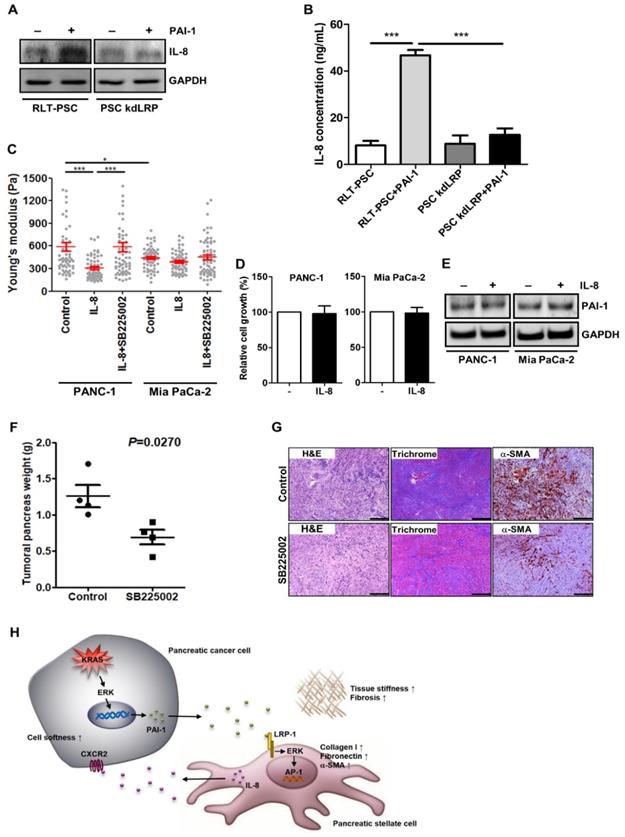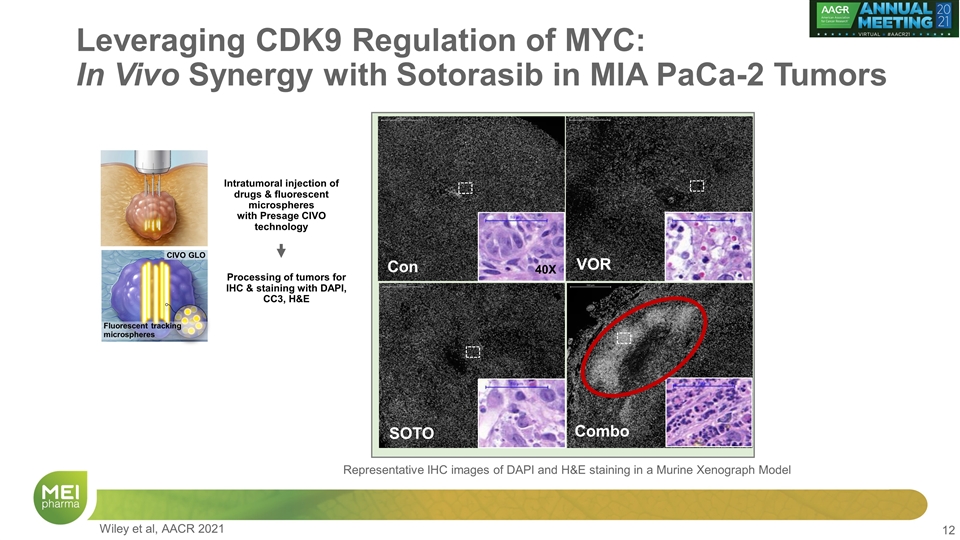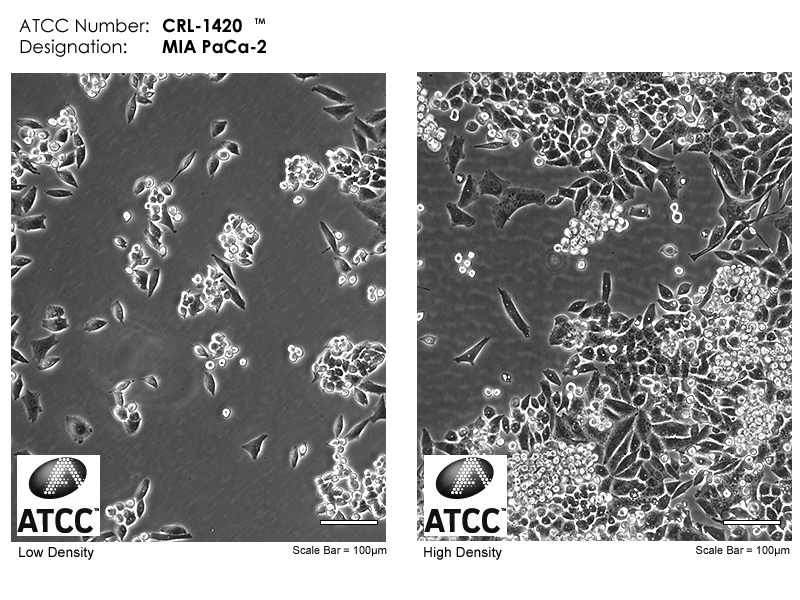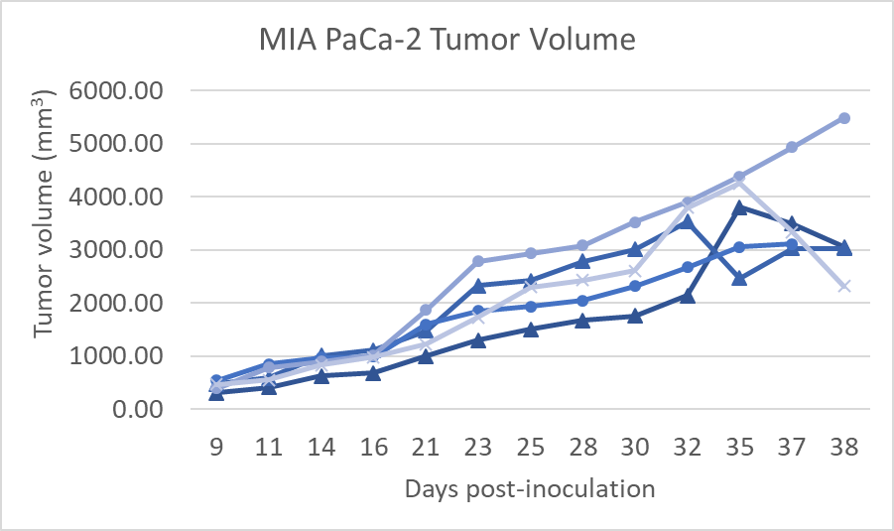
Hypoxia-induced circRNF13 promotes the progression and glycolysis of pancreatic cancer | Experimental & Molecular Medicine
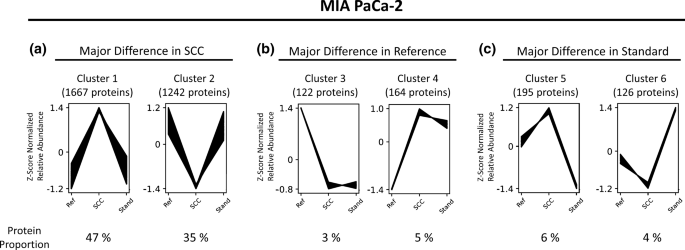
Proteome alterations during clonal isolation of established human pancreatic cancer cell lines | SpringerLink
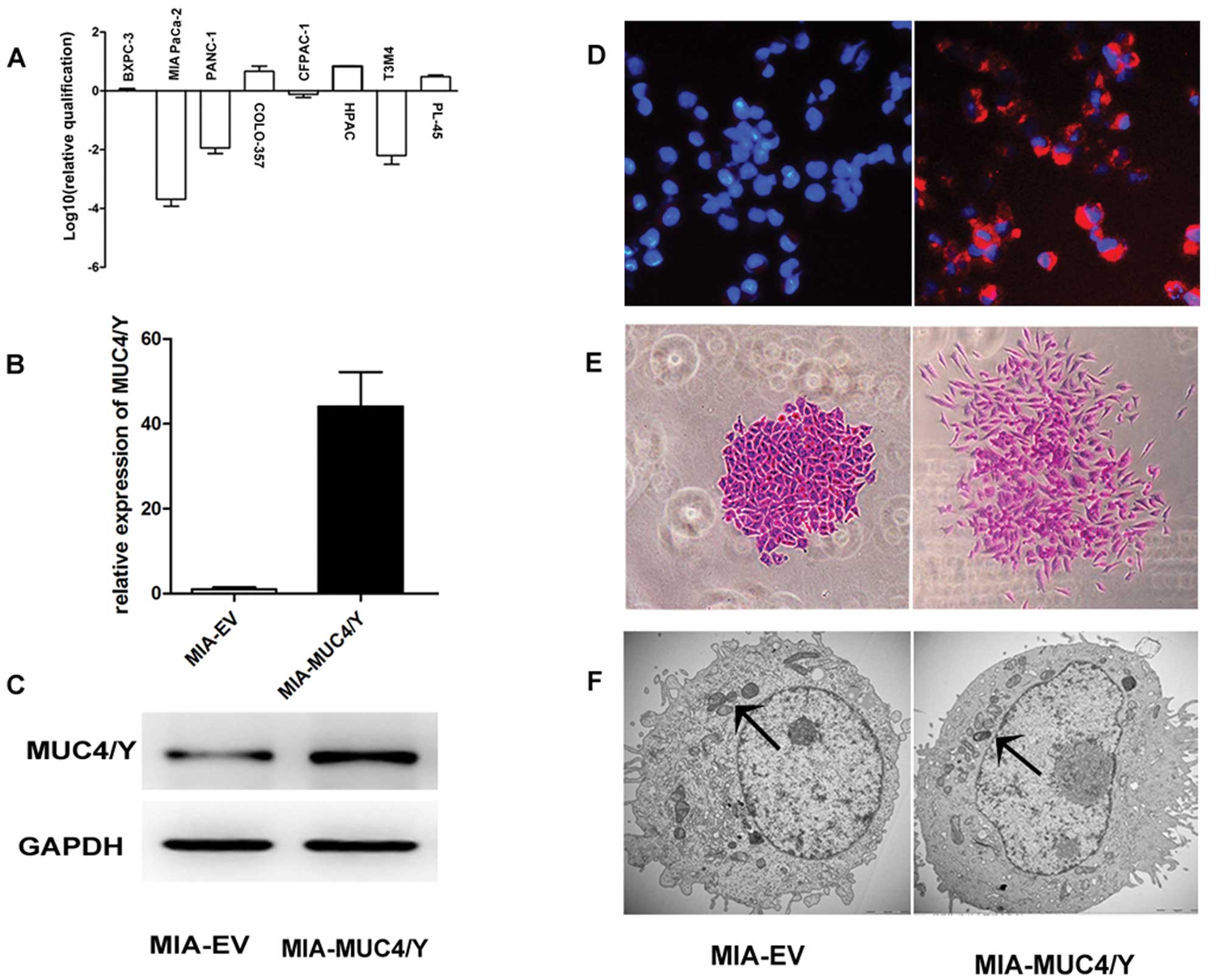
Upregulation of the splice variant MUC4/Y in the pancreatic cancer cell line MIA PaCa-2 potentiates proliferation and suppresses apoptosis: New insight into the presence of the transcript variant of MUC4
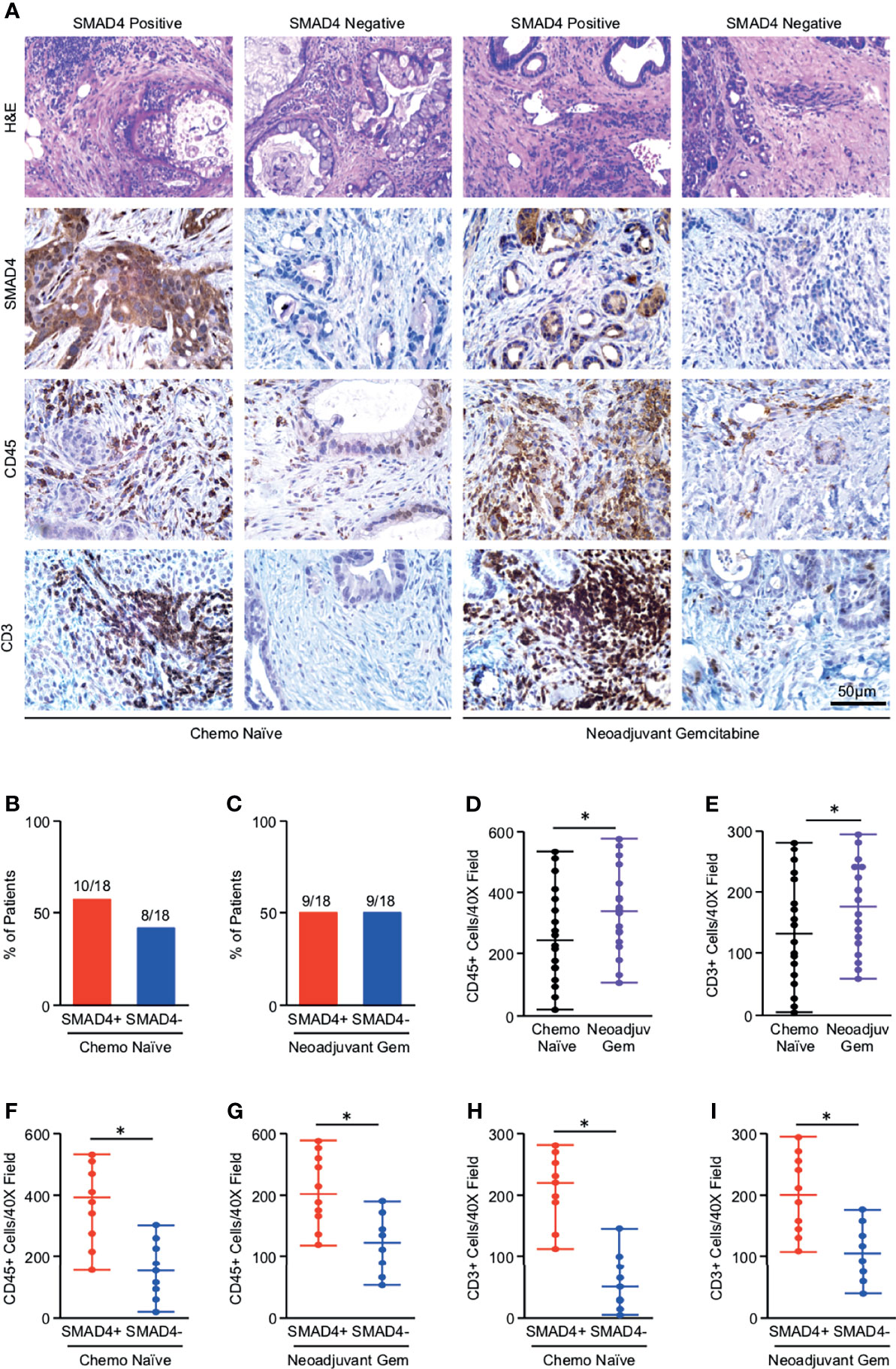
Frontiers | Loss of SMAD4 Is Associated With Poor Tumor Immunogenicity and Reduced PD-L1 Expression in Pancreatic Cancer

Targeting p130Cas- and microtubule-dependent MYC regulation sensitizes pancreatic cancer to ERK MAPK inhibition - ScienceDirect
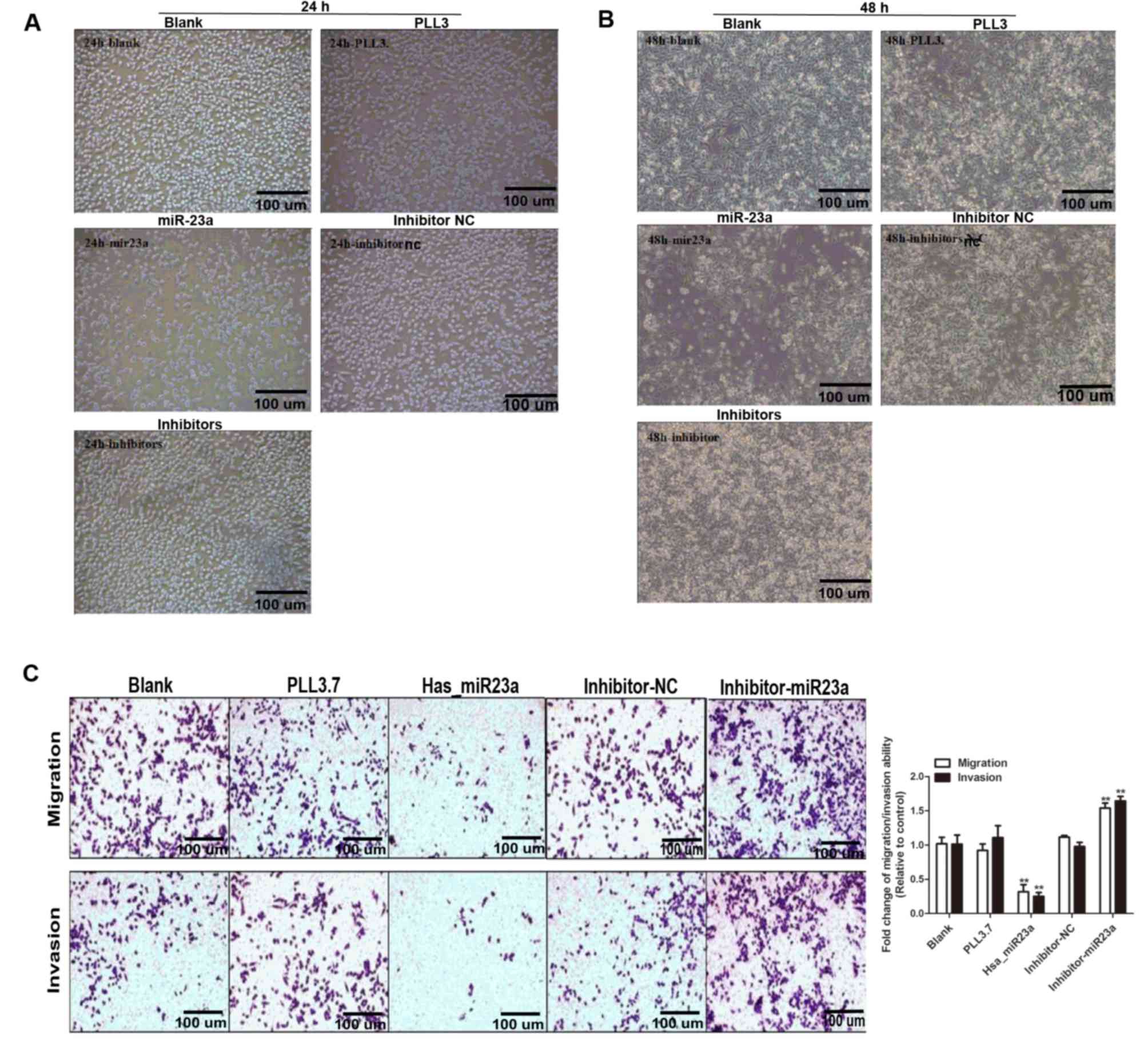
miR‑23a suppresses pancreatic cancer cell progression by inhibiting PLK‑1 expression Corrigendum in /10.3892/mmr.2022.12738
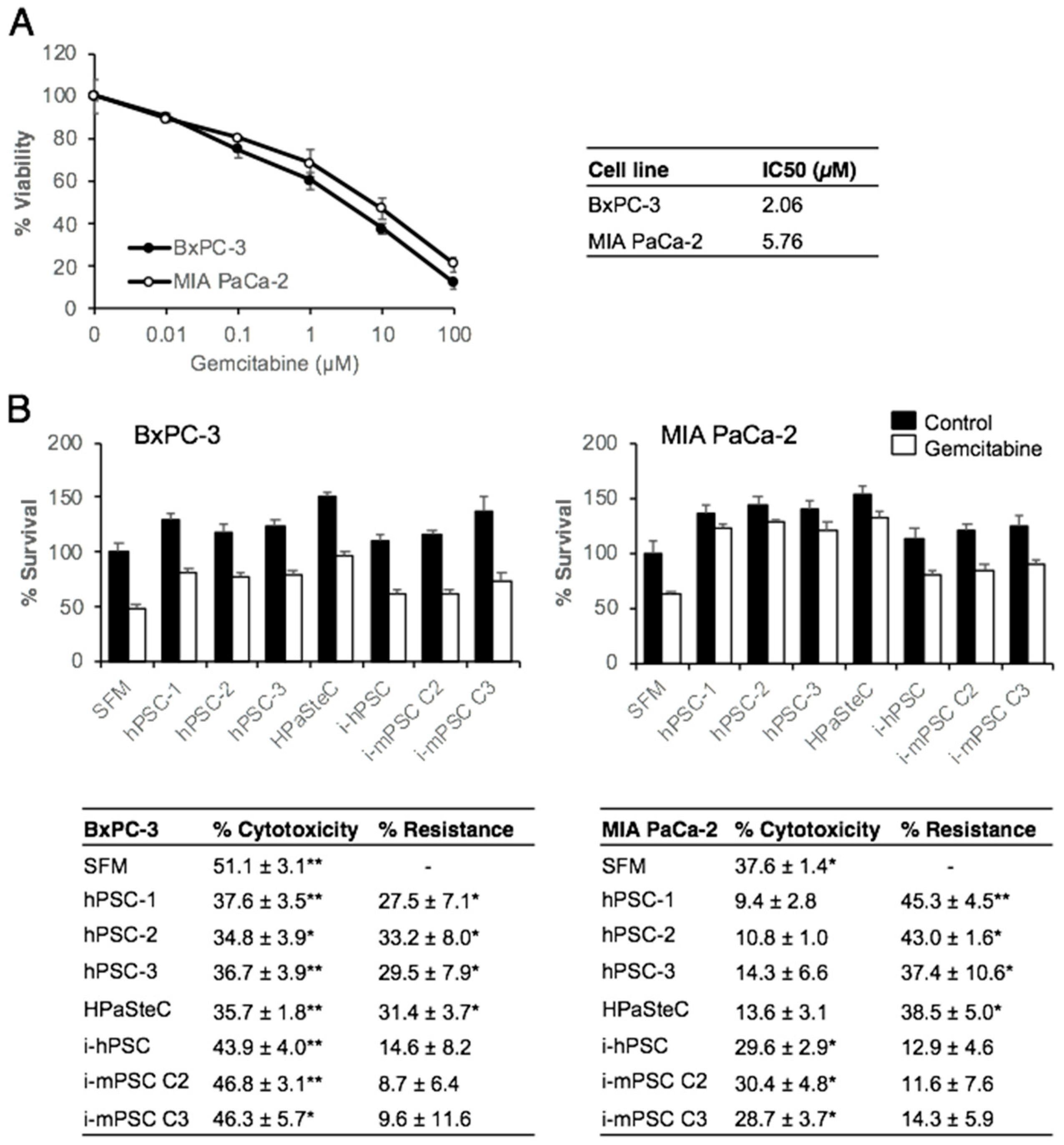
Cells | Free Full-Text | Commonly Used Pancreatic Stellate Cell Cultures Differ Phenotypically and in Their Interactions with Pancreatic Cancer Cells

High‐grade mesenchymal pancreatic ductal adenocarcinoma drives stromal deactivation through CSF‐1 | EMBO reports
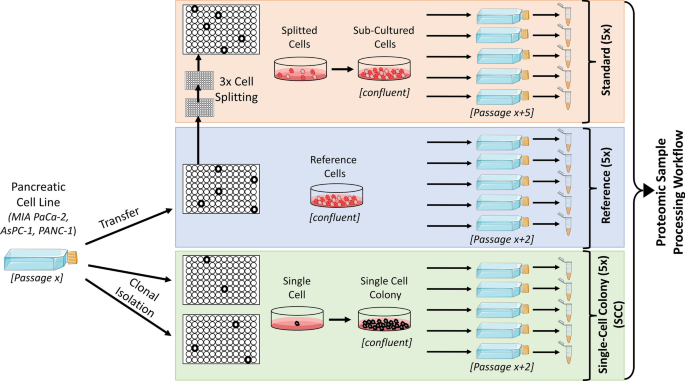
Proteome alterations during clonal isolation of established human pancreatic cancer cell lines | SpringerLink

Morphologies and clustering of selected pancreatic cancer cell lines.... | Download Scientific Diagram

A repetitive mutation and selection system for bacterial evolution to increase the specific affinity to pancreatic cancer cells | bioRxiv

Solid stress-induced migration is mediated by GDF15 through Akt pathway activation in pancreatic cancer cells | Scientific Reports
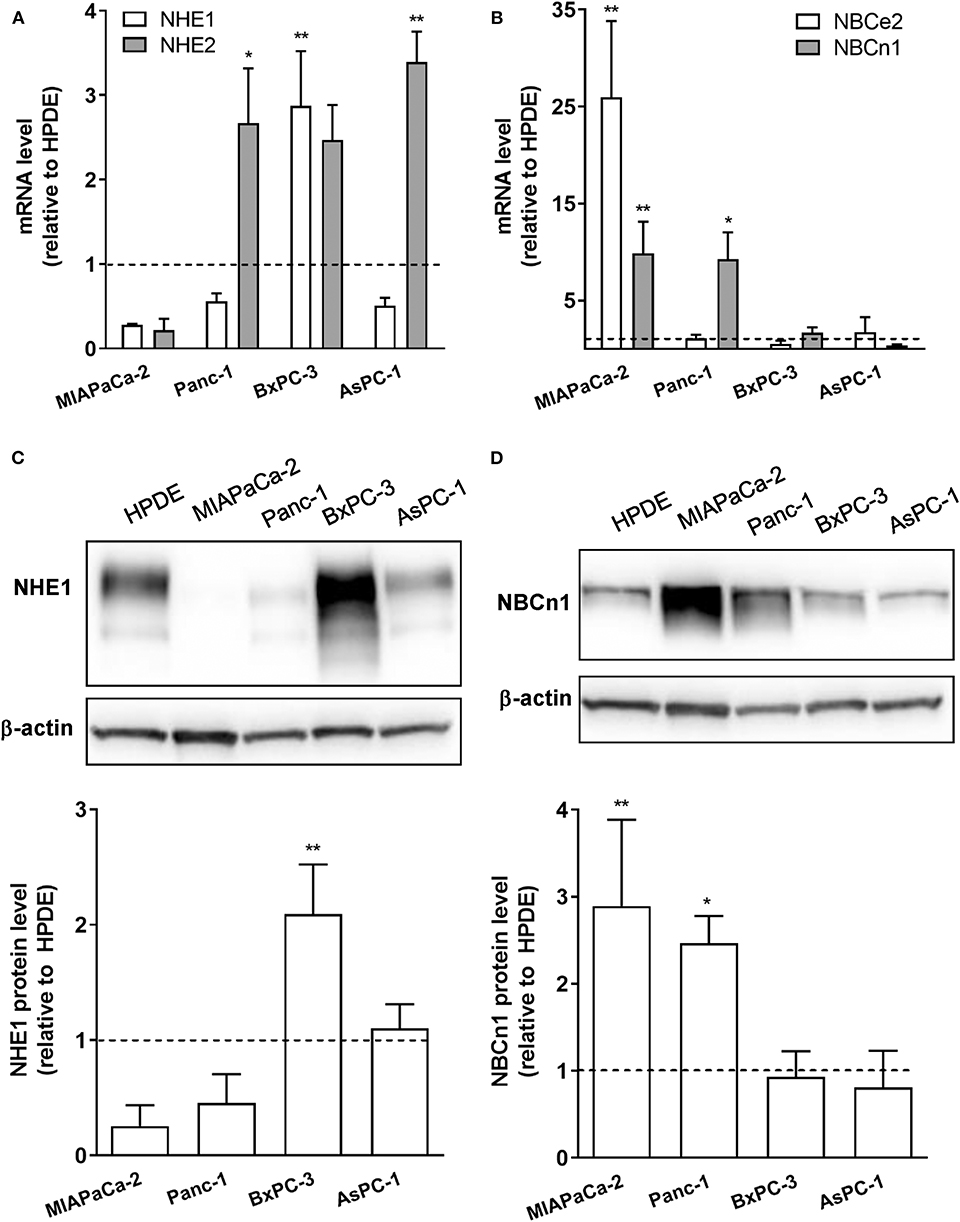
Frontiers | TGFβ Signaling Increases Net Acid Extrusion, Proliferation and Invasion in Panc-1 Pancreatic Cancer Cells: SMAD4 Dependence and Link to Merlin/NF2 Signaling
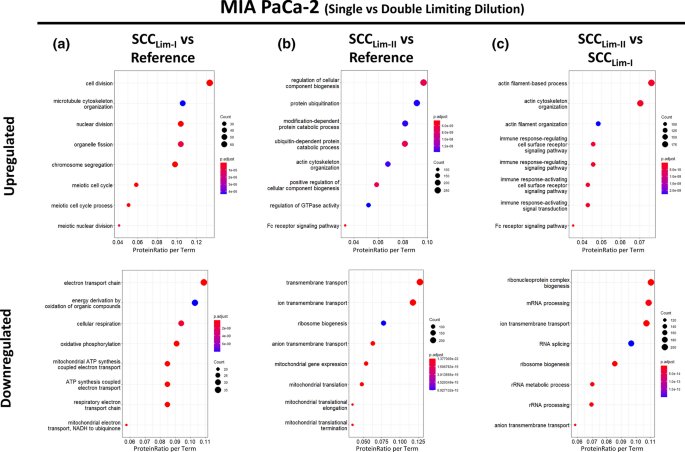
Proteome alterations during clonal isolation of established human pancreatic cancer cell lines | SpringerLink
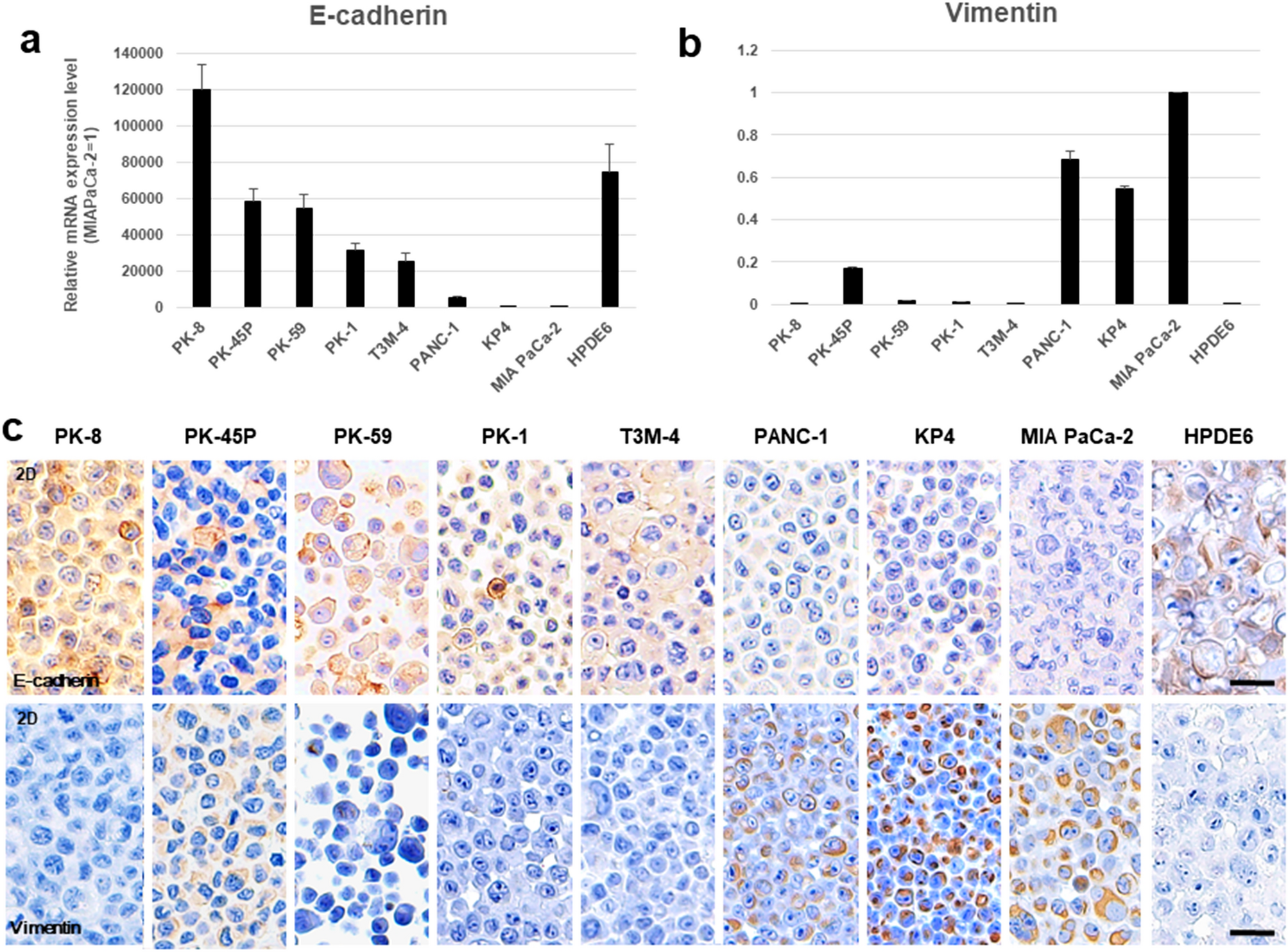
Morphofunctional analysis of human pancreatic cancer cell lines in 2- and 3-dimensional cultures | Scientific Reports

A repetitive mutation and selection system for bacterial evolution to increase the specific affinity to pancreatic cancer cells | bioRxiv

Vitamin D Receptor-Mediated Stromal Reprogramming Suppresses Pancreatitis and Enhances Pancreatic Cancer Therapy: Cell
Interaction of immune checkpoint PD-1 and chemokine receptor 4 (CXCR4) promotes a malignant phenotype in pancreatic cancer cells | PLOS ONE
